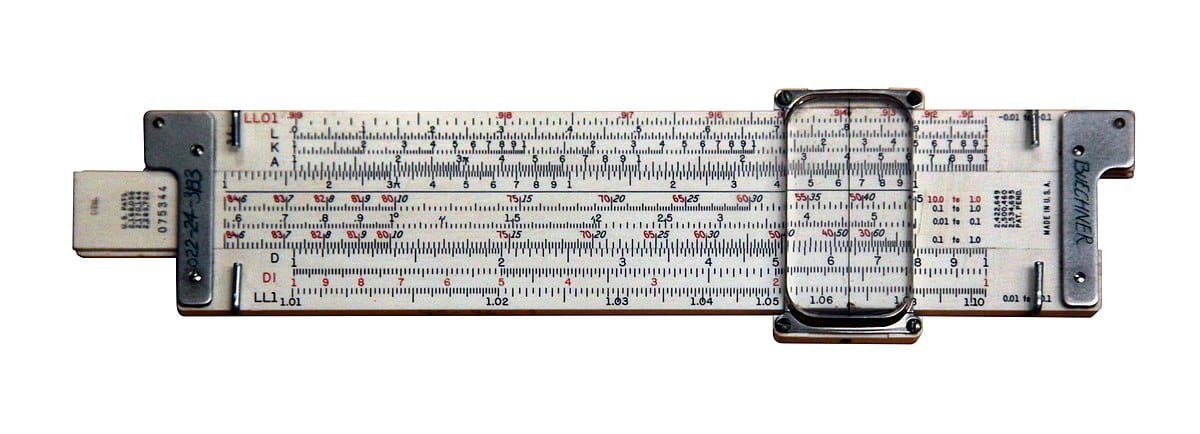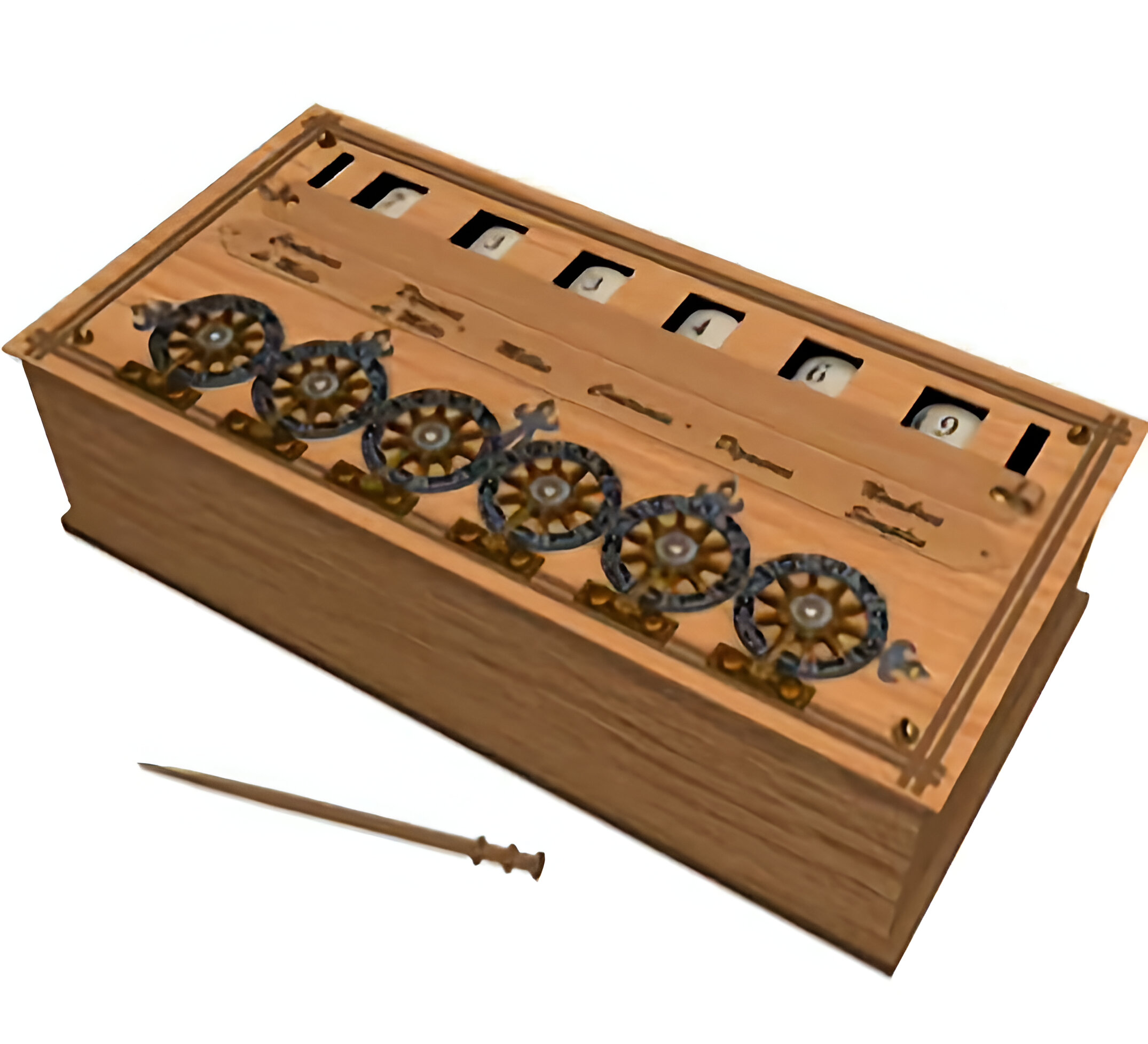Introduction
The human race developed computers so that it could perform intricate operations, such as calculation and data processing, or simply for entertainment. Today, much of the world’s infrastructure runs on computers and it has profoundly changed our lives, mostly for the better. Let us discuss some of the characteristics of computers, which make them an essential part of every emerging technology and such a desirable tool in human development.
- Speed: Computers process data at incredibly high speeds, executing millions or even billions of instructions per second. They can complete tasks in just seconds that would take a human days or even years. We measure a computer’s speed in megahertz (MHz), where one MHz equals one million instructions per second. Today, powerful computers perform billions of operations every second.
- Accuracy: Besides being efficient, computers also deliver high accuracy. Their level of accuracy depends on both the instructions given and the type of machine used. Since a computer follows only the instructions it receives, incorrect input or faulty commands can lead to incorrect results—a concept known as GIGO (Garbage In, Garbage Out).
- Diligence: A computer, as a machine, never suffers from human limitations like tiredness or lack of concentration. Even if it has to perform four million calculations, it completes the final, four-millionth one with the same speed and accuracy as the first.
- Reliability: Generally, we measure a computer's reliability by evaluating its performance against predetermined operational standards without failure. Computers remain highly reliable mainly because their hardware functions independently, without needing human intervention during processing. Moreover, built-in diagnostic features continuously monitor the system to ensure smooth operation.
- Storage Capability: Computers store large amounts of data and recall required information almost instantly. Since the main memory holds only a limited amount of data, computers use secondary storage devices such as magnetic tapes or disks to store the rest. When needed, the system quickly accesses small sections of data from these storage devices and transfers them into the main memory for processing.
- Versatility: Computers demonstrate great versatility. They can perform multiple tasks simultaneously with equal ease. For example, you can use a computer to draft a letter, play music, and print a document—all within moments of each other. This flexibility becomes possible by simply changing the program or instructions the computer follows.
- Resource Sharing: In the early stages of development, computers operated as isolated machines. However, with the rapid advancement of technology, computers now connect and communicate with one another. This connectivity enables users to share expensive resources like printers. Beyond hardware sharing, computers also exchange data and information, helping to build vast networks of knowledge and collaboration.
Although computers reduce the effort required for processing, the task still consumes time and money. Sometimes, a program functions properly for a while but then suddenly produces errors. Rare event combinations or incorrect user instructions usually cause these issues. Users must regularly check and maintain computer components to ensure accurate results. They should place computers in dust-free environments. Since heavy processing heats up components, users must control the system’s ambient temperature to prevent overheating.
THINGS TO REMEMBER
Limitations of a Computer
- A computer can only perform what it is programmed to do.
- The computer needs well-defined instructions to perform any operation. Hence, computers are unable to give any conclusion without going through intermediate steps.
- A computer’s use is limited in areas where qualitative considerations are important.For instance, it can make plans based on situations and information but it cannot foresee whether they will succeed.
DEVELOPMENT OF COMPUTERS
Sand Tables
In ancient times, people used their fingers to perform basic calculations such as addition and subtraction. Even today, simple calculations are sometimes done using fingers. Soon, humans realized that using pebbles made calculations easier than relying on fingers. Consequently, pebbles began to represent numbers, which led to the development of sand tables. These are known to be the earliest devices used for computation.
Abacus
Napier Bones
Slide Rule
The suitable alliance of two scales enabled the slide rule to perform multiplication and division by a method of addition and subtraction.
Pascaline
Stepped Reckoner
Punch Card System
Difference Engine
Analytical Engine
Hollerith’s Tabulator
Other Developments
In the process of the development of computers, many scientists and engineers made significant advances.
- In 1904, Sir John Ambrose Fleming developed the first thermionic valve, also known as a vacuum tube. He based his invention on Thomas Edison’s observation—later called the “Edison effect”—which described how early light bulbs darkened over time. Recognizing this phenomenon, Fleming created the first rectifier and named the device a “valve” because it allowed electric current to flow in only one direction. This two-element vacuum tube, also called a diode, became the foundation of first-generation computers.
- In 1906, American inventor Lee de Forest introduced a third electrode into the vacuum tube diode. This modification created the triode, which functioned both as an amplifier and a switch. Its ability to act as a switch had a tremendous impact on the development of digital computing.
- In 1931, American electrical engineer Vannevar Bush built the differential analyzer to solve differential equations. However, the machine proved cumbersome because it relied on drive belts, shafts, and gears to measure movements and distances.
- In 1938, Claude Shannon, a student at MIT, recognised the connection between electronic circuits and Boolean algebra. He transferred the two logic states to electronic circuits by assigning different voltage levels to each state. Shannon also provided electronic engineers with the mathematical tool they needed to design digital electronic circuits. These techniques remain the cornerstone of digital electronic design to this day.
Conclusion
It is crucial for understanding computers, features are the key to appreciating how our lives change with them. Their characteristics include speed, precision of work, size of storage memory, automation level, multitasking ability and universality as well as their connectivity and scalability that makes computers irreplaceable in the contemporary world. These features will only evolve as technology does, allowing computers to handle even more sophisticated operations and, in turn, defining life in the 21st century.








